Understanding the Fundamental Differences
The perpetual debate between wireless and wired microphones in studio environments hinges on several critical performance vectors. Wired microphones utilize physical XLR or TRS connections, delivering uncompressed audio signals directly to recording interfaces. This direct pathway ensures minimal signal degradation and eliminates potential radio frequency interference that can plague wireless systems.
Wireless microphones, conversely, employ radio frequency transmission to convey audio signals from transmitter to receiver. Modern UHF systems operate across specific frequency bands, converting analog audio to digital packets before transmission. While this introduces latency—typically 2-4 milliseconds—contemporary wireless technology has substantially mitigated traditional concerns about audio fidelity.
Audio Quality and Signal Integrity
Wired Microphone Advantages
Wired microphones maintain superior signal-to-noise ratios due to their direct connection architecture. Professional condenser microphones deliver full-spectrum frequency response without compression artifacts. Dynamic range remains uncompromised, capturing nuanced transients and subtle harmonic content essential for studio-grade recordings.
The absence of analog-to-digital conversion in the transmission path preserves the original waveform characteristics. This becomes particularly crucial when recording acoustic instruments with complex overtone structures or capturing vocalists with extensive dynamic range.
Wireless System Considerations
Modern wireless microphone systems utilize sophisticated digital processing algorithms to maintain audio fidelity. Companding circuits—compression and expansion—manage dynamic range during transmission, though this can introduce subtle coloration to the source material.
Frequency coordination becomes paramount in studio environments housing multiple wireless systems. Intermodulation distortion can occur when transmitters operate on poorly spaced frequencies, creating unwanted artifacts in the recorded signal.
Bridging the Gap with Innovative Solutions
The HRIDZ N2 UHF Wireless Microphone Converter represents a paradigm shift in wireless audio transmission for studio applications. This sophisticated system transforms any professional XLR microphone into a wireless setup, eliminating the need for dedicated wireless microphones while maintaining studio-grade audio quality.
The N2 converter addresses traditional wireless limitations through advanced digital signal processing and robust UHF transmission protocols. Its plug-and-play functionality allows engineers to utilize their preferred studio microphones wirelessly, preserving the sonic characteristics that define their recording aesthetic.
Practical Studio Applications
Movement and Flexibility Considerations
Wireless systems excel in scenarios requiring performer mobility. Vocalists can move freely within the studio space, maintaining consistent microphone positioning without cable restrictions. This proves invaluable during energetic performances or when recording in larger studio environments.
Wired microphones, while physically restrictive, offer unparalleled reliability. Cable management becomes a creative consideration rather than a limitation, with proper routing ensuring clean signal paths and organized studio aesthetics.
Multi-tracking and Ensemble Recording
Complex recording sessions involving multiple performers benefit from hybrid approaches. Strategic deployment of both wired and wireless systems optimizes signal quality while accommodating performer requirements and studio logistics.
"The best microphone system is the one that disappears into the creative process, allowing artists to focus on performance rather than technical constraints."
Cost and Maintenance Factors
Initial investment considerations reveal significant disparities between system types:
| System Type | Initial Cost | Maintenance Requirements | Longevity |
|---|---|---|---|
| Wired Professional | Moderate | Cable replacement, connector servicing | 20+ years |
| Wireless Professional | Higher | Battery management, frequency coordination | 10-15 years |
Wireless systems require ongoing operational expenses including battery replacement and periodic firmware updates. Wired microphones, once purchased, incur minimal ongoing costs beyond occasional cable replacement and connector maintenance.
Making the Optimal Choice
The decision ultimately depends on specific studio requirements and recording methodologies. Consider these critical questions:
- Does your recording style prioritize absolute audio fidelity over performer mobility?
- Will multiple wireless systems operate simultaneously in your environment?
- What is your tolerance for potential technical complications during critical recording sessions?
- How important is long-term cost efficiency versus initial convenience?
Professional studios often maintain both system types, selecting the appropriate tool for each unique recording scenario. This hybrid approach maximizes creative flexibility while ensuring technical requirements are met regardless of project demands.

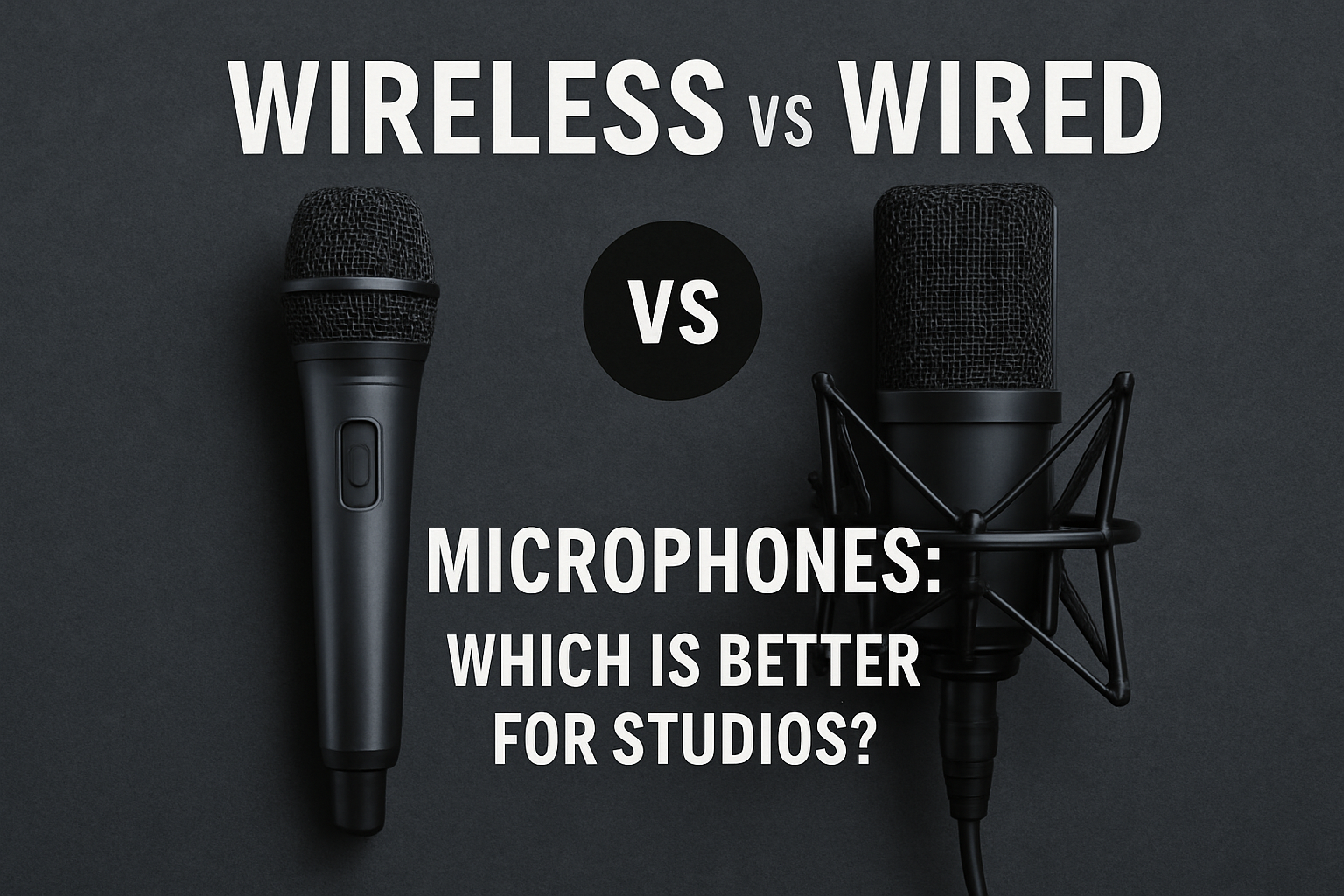

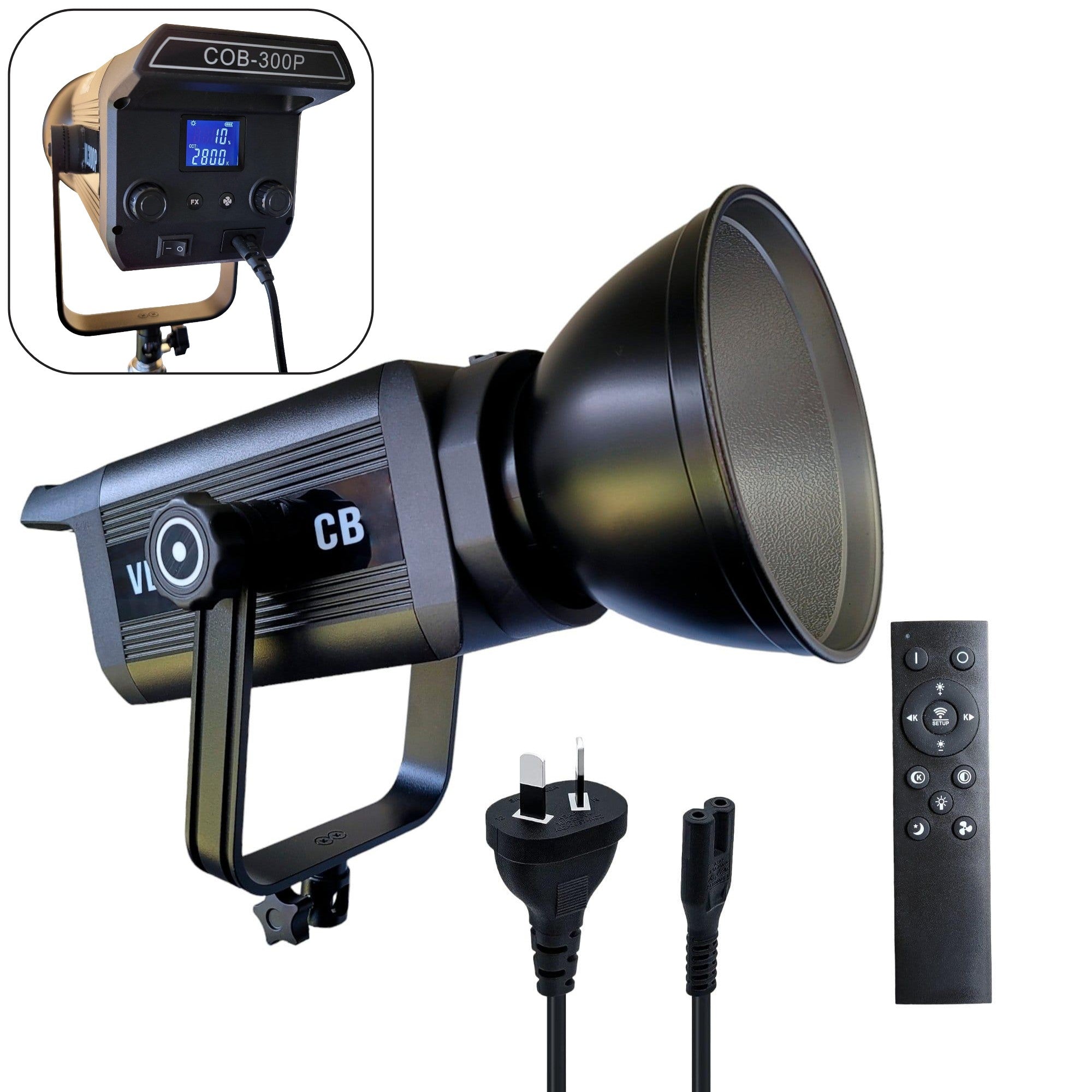
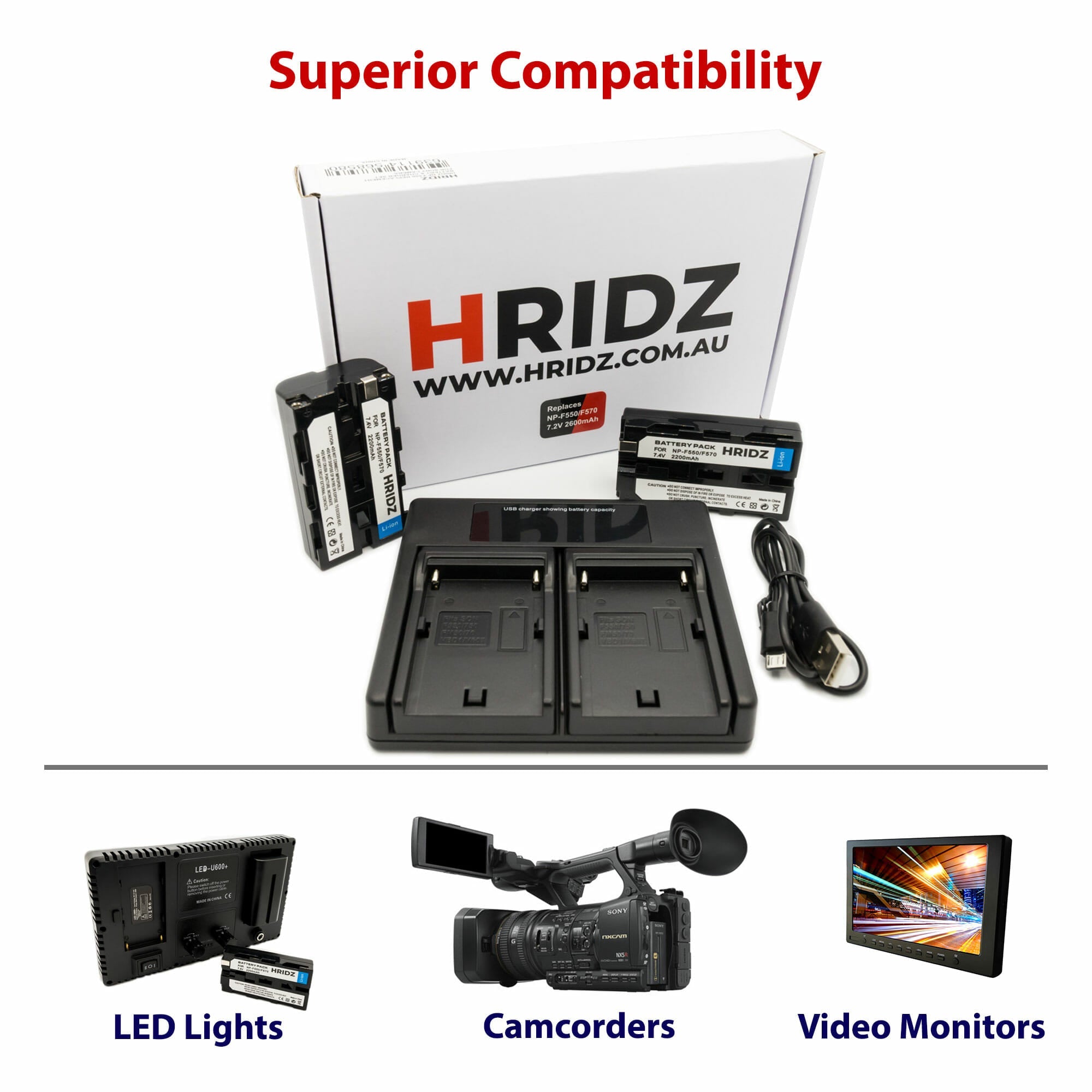


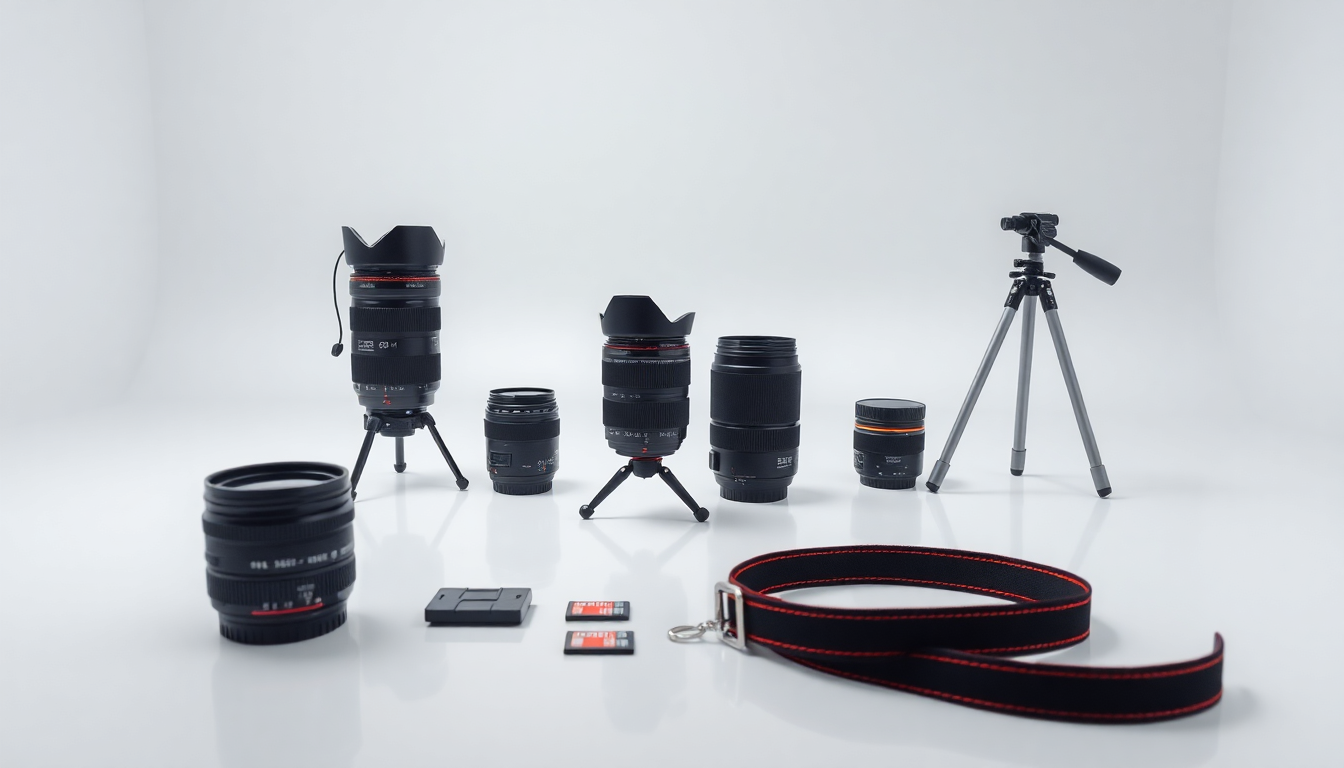
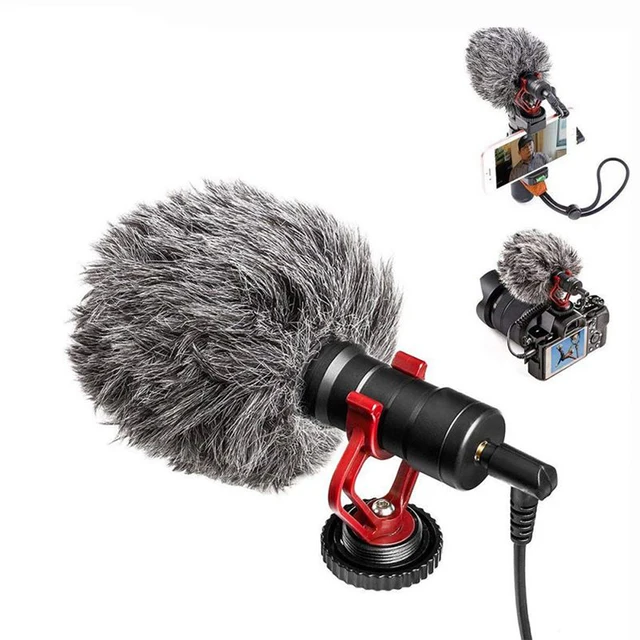
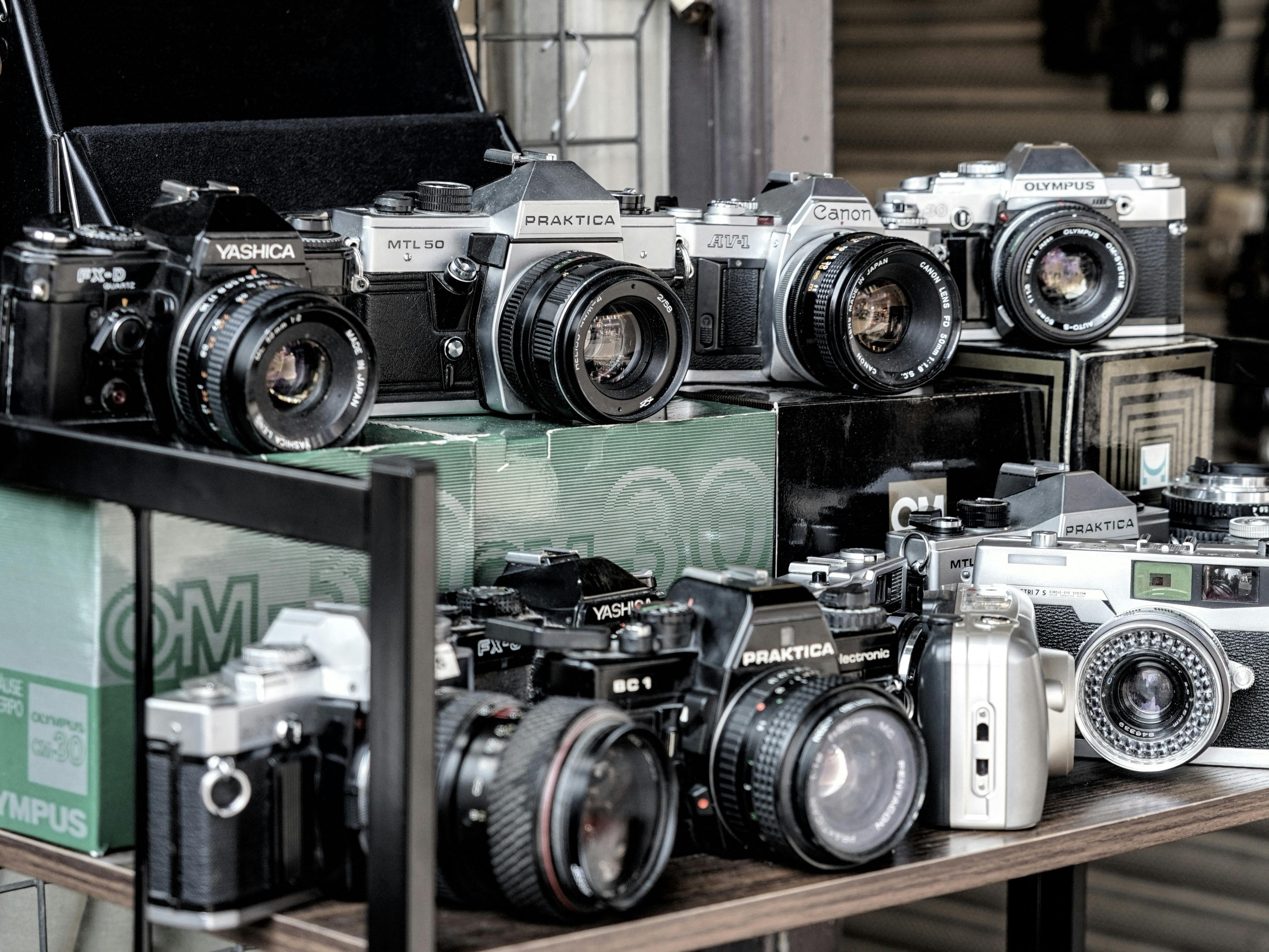

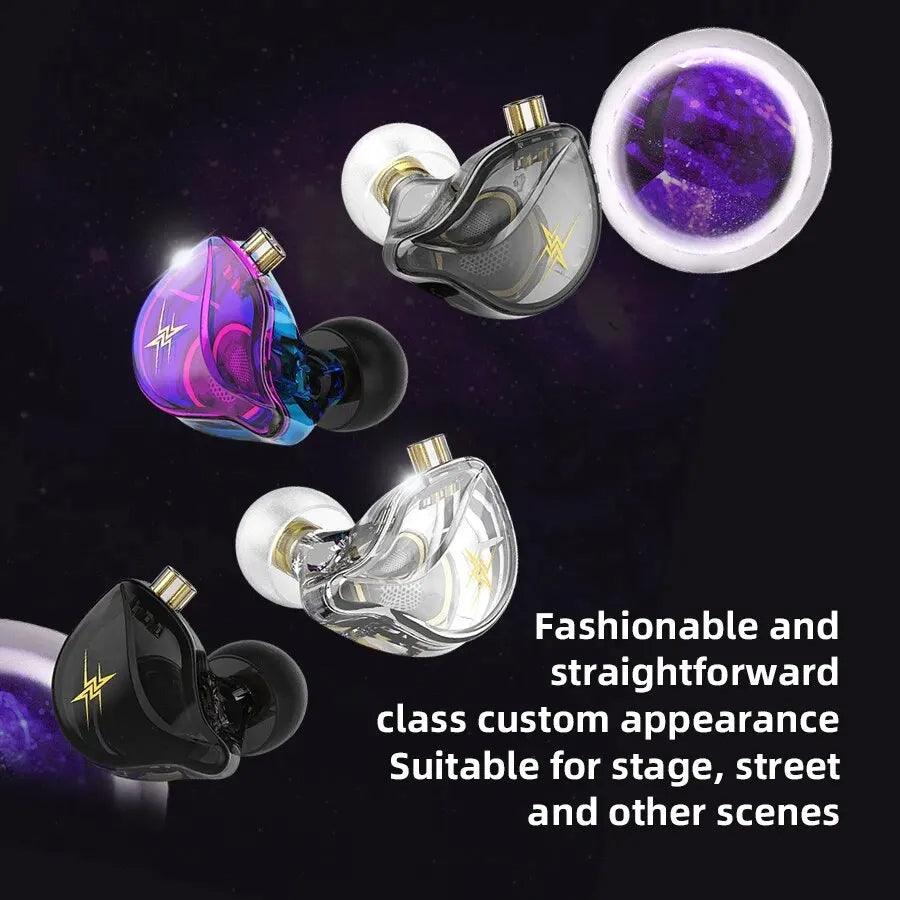
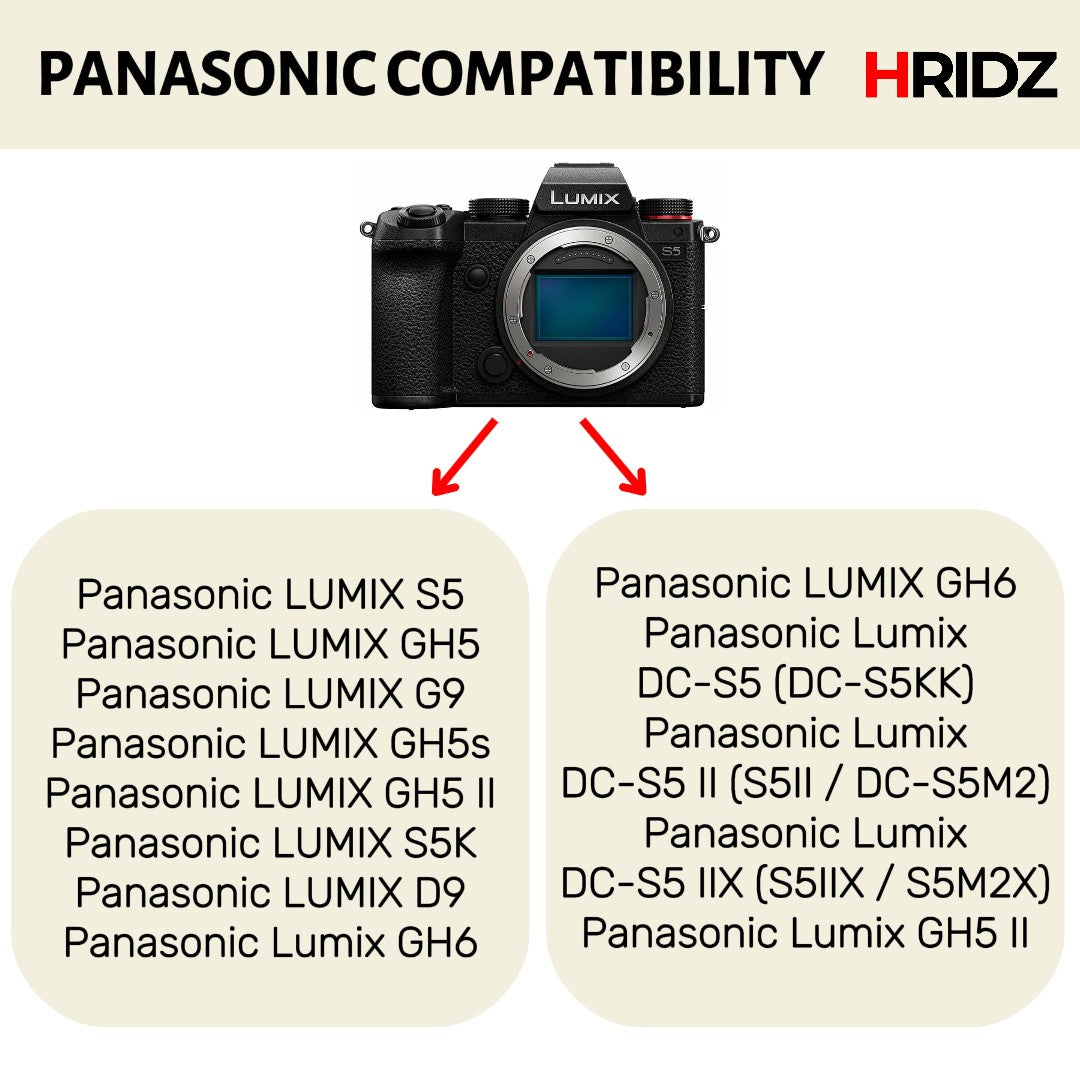

Share:
Professional DJ Console Setup Guide for Live Events 2025
Photography Light Stand Safety: Preventing Equipment Damage